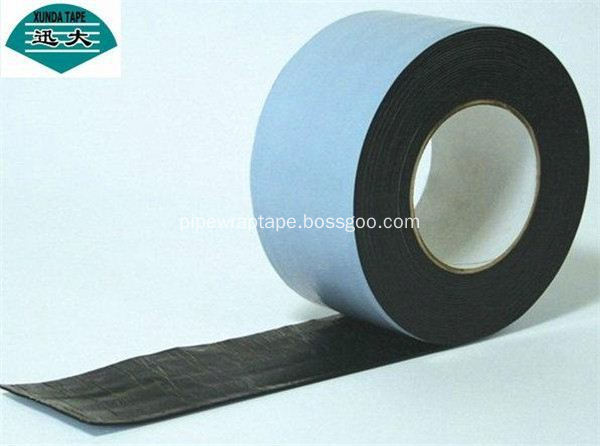1. Equipment and conditions required to test the dynamic range of the camera
Tested equipment:
1 transmission gray card and reflection gray card;
2 brightness adjustable backlight light box and adjustable illumination light source;
3 video monitor and waveform monitor;
4 light meter or illuminometer;
5 standard internal lens and so on.
Test conditions: need to be done in a dark room.
2, the basic methods and steps to test the dynamic range of the camera
The first step is to install two sets of dual grayscale test cards in the same vertical plane of a table in a darkroom. One set of transmission grayscale cards uses a backlight source with adjustable brightness as a constant reference to adjust the brightness of the backlight to ensure that The center confirms that the divergent illuminance of the white block surface is 2500 Lux; another set of reflective grayscale cards uses a brightness-adjustable illumination source located on the front of the block to measure the critical value of the dynamic range;
Step 2: Set the height of the center of the camera to be tested and the gray test card to the same level, and maintain an angle of 90° with the vertical plane of the gray test card, and at the same time, make the camera lens angle cover two sets of gray test cards;
Step 3: Connect the camera's output signal to the video monitor and waveform monitor;
Step 4: After the camera is powered on, turn on the extended dynamic range function and adjust the brightness of the front illumination source to 2500 Lux. Obviously, under this illumination, it is overexposed (factory standard illumination is 2000Lux), and the white end stripes of the reflective gray card may appear to be mixed in layers, that is, two or more gray bars show the same White, and can not distinguish the difference in brightness;
Step 5: Slowly reduce the brightness of the light source, and observe and record the top level of the reflected grayscale test card waveform continuously from the waveform monitor. When the top level begins to decrease due to the decrease of the illuminance of the light source, the illuminance value (such as L1) at this time is recorded. This illuminance value is the upper limit of the dynamic range of the camera. The camera at this time should exactly show the brightness level difference between the bright white stripes;
Step 6: Then continue to slowly decrease the brightness and continue to observe and record the top level of the reflected grayscale test card waveform from the waveform monitor. When the top level is no longer decreasing due to the decrease of the illumination of the light source, the illuminance value (such as L2) at this time is recorded. This illuminance value is the lower limit of the dynamic range of the camera. At this time, the difference in brightness level between the two dark gray and black stripes in the grayscale card image captured by the camera should just disappear and be mixed into a black one.
3, test result calculation
The formula for calculating the dynamic range using the above actual test method is as follows:
Dynamic Range = 20logL1/L2(dB)???(2)
Using the above test method, the top level change of the CCD wide dynamic camera TK-WD310EC of JVC Corporation in Japan was measured from 2200 Lux to 1.1 Lux, which was obtained by the above formula:
Dynamic Range = 20log2200/1.1 = 66dB
Using the above test method, the dynamic range of the top level change of a company's CCD wide dynamic camera from 1500 Lux to 5 Lux is measured:
Dynamic Range = 20log1500/5 = 49dB
PE Bitumen Tape T 600
â… System description:
The XUNDA-T600 series is Cold applied tape coating system for corrosion protection of Oil, Gas, Petrochemical, Waste Water underground or overhead pipelines and waterproofing.
The Bitumen tape shall be applied after the primer by hand or with a wrapping machine.
â…¡Structure:
The specification of the tape consists of three layers,
Adhesive:Butyl rubber Bituminous Compound and Adhesion Promoting Resins.
Film backing:Special blend of stabilized polyethylene fines.
Interleaf:Anti adhesive Film Treated with Silicone.
â…¢ Features:
Heavy duty butyl bitumen compound adhesive.
Excellent adhesion to pipe and self.
Flexibility provides extra protection at vulnerable areas.
Excellent conformability and consistent uniform thickness.
Easily applied with no special equipment.
Compatible with common pipe coatings.
Excellent resistance to cathodic disbonding.
Resistant to UV.
Can be applied over a wide temperature range .
Good conformability and consistent uniform thickness.
Cold applied.
â…£ Physical Properties
XUNDA-T 6100 XUNDA-T6130 XUNDA-T6150 XUNDA-T6165

Bitumen Flashing Tape, PE Modified Bitumen Tape, Stainless Pipe Bitumen Tape, Bitumen Wrapping Tape
Jining Xunda Pipe Coating Materials Co.,Ltd , http://www.pipe-wrap.com